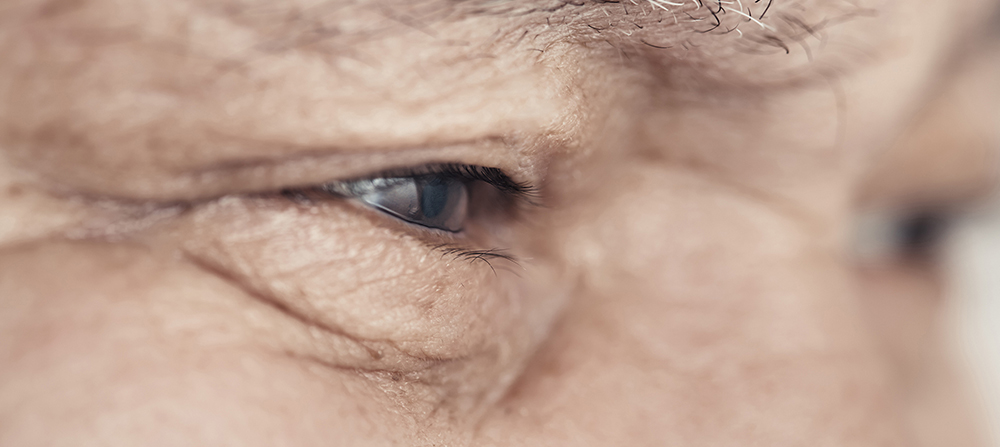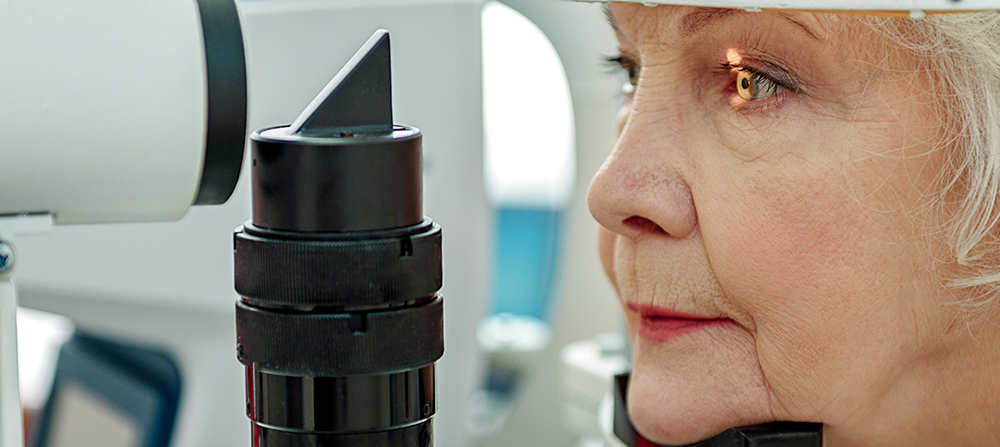Eye Center | Excellence
Excellence
Since July of 2009, our hospital has implemented the first case of corneal endothelium transplantation (DSAEK) approved by the Department of Health. By the end of August in 2017, 222 cases have been completed. Both the operation experience and success rate of the department ranks the highest in the country.

The cornea is a transparent layer in front of the eyeball. When the cornea becomes cloudy, light cannot reach the eyes through the cornea, causing blurred vision or even blindness. Corneal transplantation is the most commonly performed transplant surgery, where the opaque corneal tissue is removed and the donor's cornea is transplanted to improve vision.
Full-thickness keratoplasty: After the damaged or opaque corneais partially removed, a transparent and healthy donor's cornea is sutured microscopically.
Lamellar keratoplasty: Only part of the corneal lesions is removed, and most of the patient's own healthy corneal tissue is retained.
Corneal Endothelial Cell Transplantation (DSAEK): For patients with impaired corneal endothelium, the advantages of Descemet stripping endothelial keratoplasty (DSAEK) include no suture, low transplant rejection, high transplant survival rate, and faster recovery of visual acuity.

Age-related macular degeneration, glaucoma and diabetic retinopathy are the three major causes of blindness in the elderly.
The macula is a small area in the most central part of the retina behind the eye. It is the most important part of the dominant visual acuity. Once the macular degeneration occurs, the central visual acuity will be affected.
Age-related macular degeneration is a disease against the macula of the retina that occurs with aging. It usually occurs in adults over the age of 60.
Anti-angiogenic drugs can be used to synthesize similar human antibodies via genetic engineering techniques to fight against the vascular endothelial growth factor (VEGF). It has been clinically proven that VEGF is one of the exacerbating factors of age-related macular degeneration and high myopia macular degeneration. Intraocular injection of anti-angiogenic drugs can neutralize high concentrations of abnormal macular VEGF, which in turn inhibit the deterioration of the macular lesions. The effect is significant, as about half of patients have improved visual acuity, and more than 90% of patients have maintained stable visual acuity. It can be said to be a major breakthrough in the treatment of macular degeneration, and there is no report on obvious side effects.

The department provides the latest and most advanced femtosecond laser-assisted cataract surgery.
The femtosecond laser LenSX is an advanced and accurate technology that can be synchronized with computerized tomography and 3D integrated image guidance and tailor-made for refractive lens surgery procedures. The low energy infrared laser system can accurately create wounds and replace the original artificial capsulorhexis process in a more secure and stable way. It can make incisions of the pocketsizes and shapes at specified locations to enhance the stability of the artificial crystalline lens. Then, the laser incision can separate the cataract, and with the help of phacoemulsification, the cataract can be sucked out to reduce the energy required to extract the cataract, thus greatly reducing the damage to other eye tissues. This will not only enhance safety, but also maximize the efficacy of the artificial crystalline lens. During the preoperative process before the excimer laser/femtosecond laser LenSX is implemented, we only need a bit of anesthetic potion on the local spots to complete the surgery. So, it is no doubt a high-tech gospel for many cataract patients.
After cataract extraction, the artificial crystalline lens with certain degrees must be implanted to replace the refractive power that was dedicated for the original crystalline lens. Currently, there are more and more intelligent or functional artificial crystalline lens on the market, so that patients undergoing the surgery can have more choices. The department is equipped with a full range of safe and high-quality artificial crystalline lens for ophthalmologists to customize for you, which include the High-end artificial crystalline lens such as as pherical single-focus artificial crystalline lens, multi-focus artificial crystalline lens, a spherical multifocal artificial crystalline lens, and diffuser artificial crystalline lens.

The latest generation of femtosecond laser (L-FL)can make the in-line, embedded or inverted corneal flap in 10 seconds according to the situation.
The latest myopia excimer laser (EX-500) includes the 8.0 omnidirectional tracking system, the leading wave guided interface and multi-point scanning designed to deliver the most detailed and precise laser effects in the shortest amount of time, so that the surgery can be done for any nervous patient in a rapid and easy way.
The perfect combination of the two lasers will allow safe, fast and remarkable treatment of myopia and astigmatism.
